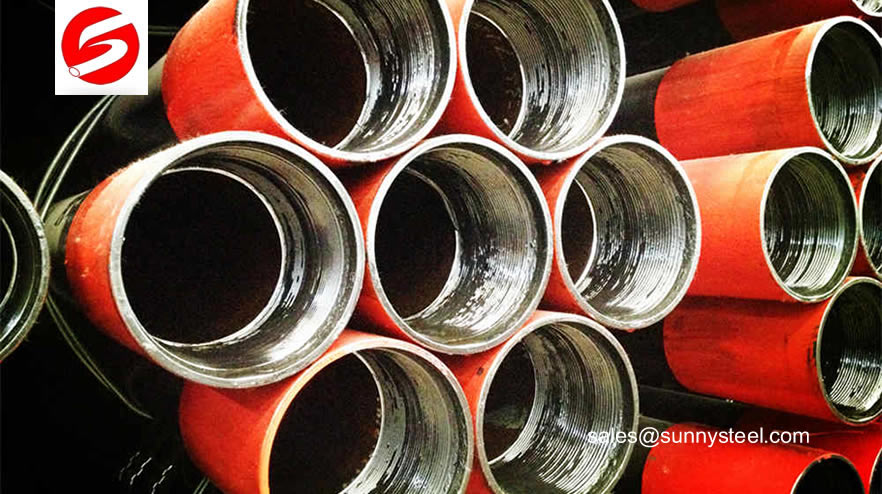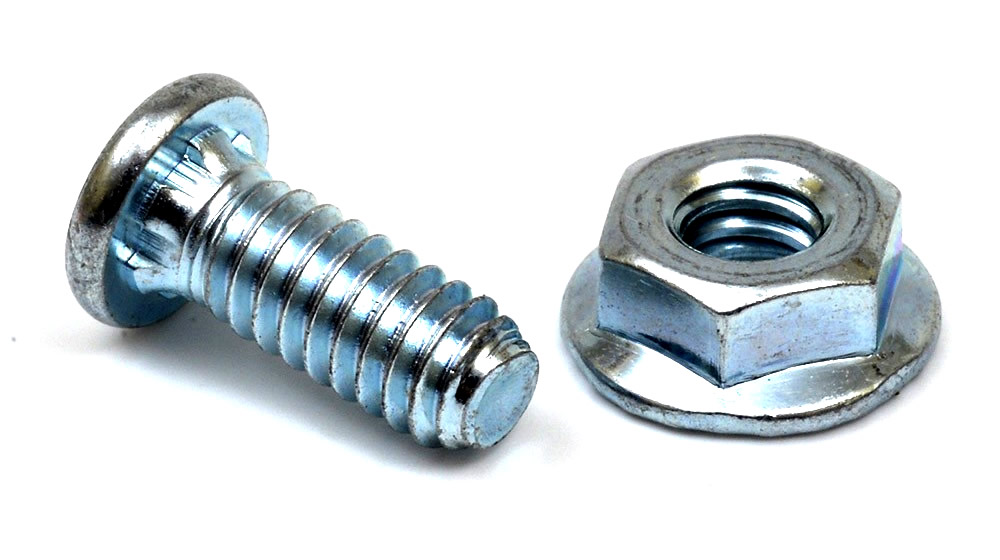Failed Competitor Expansion Joint
Expansion joint failure can occur for various reasons, but experience shows that failures falls into several distinct categories.
This list includes, but is not limited to:
- Shipping and handling damage. Examples: Denting or gouging of bellows from being struck by hard objects (tools, chain falls, forklifts, adjacent structures, etc.); improper stacking for shipping or storage; insufficient protection from weather or other adverse environmental conditions.
- Improper installation and insufficient protection.
- During and after installation .
- Examples: Joints with internal liners installed in the reverse direction with respect to flow; installing an expansion joint in a location other than as prescribed by the installation drawings; premature removal of shipping devices; springing of bellows to make up for piping misalignment; insufficient protection from mechanical damage due to work in the surrounding area; insufficient protection of bellows during nearby welding operations and failure to remove shipping devices before placing system in operation.
- Improper anchoring, guiding and supporting of the system.
- Anchor failure in service.
- Bellows corrosion, both internal and external.
- System over-pressure (in-service or hydrotest). Bellows vibration (mechanical or flow induced resulting in high cycle fatigue).
- Excessive bellows deflection (axial, lateral, angular deflections greater than design values).
- Torsion.
- Bellows erosion.
- Packing of particulate matter in the bellows convolutions which inhibits proper movement of the bellows.









